Sono online le slide dell’intervento che ho tenuto stamattina a Frontiers of Interaction 2007:
Before jumping on the keyboard to write applications for the SPOTs, I’d like to show you what’s in the Development Kit box. It contains three SPOTs, Java Development Kit CDROM, USB cable, two brackets for fix a SPOT over a vertical surface, installation manual and safety information:
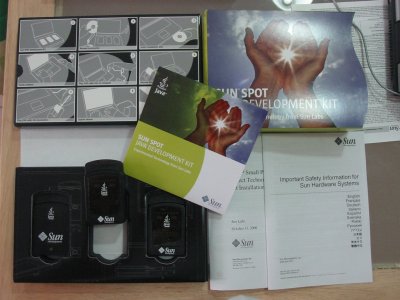
The SPOTs in the kit are:
This is a free-range SPOT:
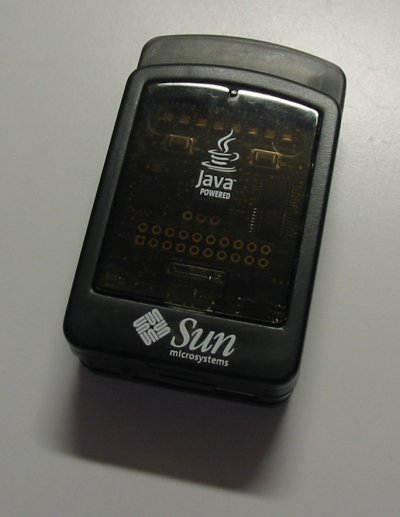
The base station lets the PC to connect to free-range SPOTs, configure them, remotely install and run applications. Moreover, until connected to the PC (that is: until it has power to run!) it works as other SPOTs, unless for lack of sensors. The base station is able to work as gateway between the PAN network of SPOTs and the web; in other words, it allows free-range SPOTs to open HTTP connections to the Internet using the base station as access point.
I prepared this video to show you how to disassemble a SPOT and look inside it:
A free-range SPOT consist of two double-sided boards (with radio, CPU, sensors, LEDs and switches):
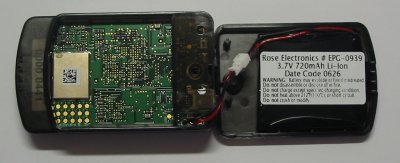
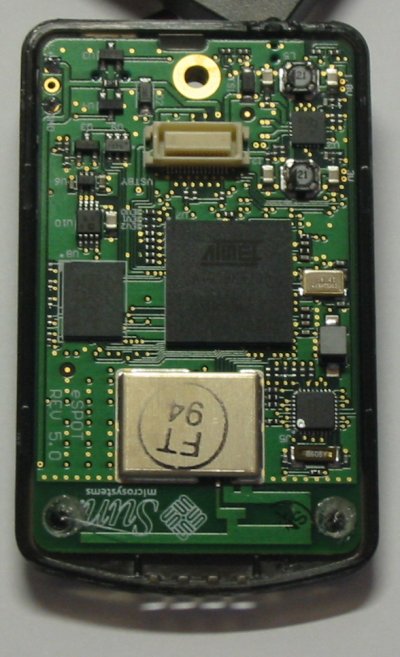
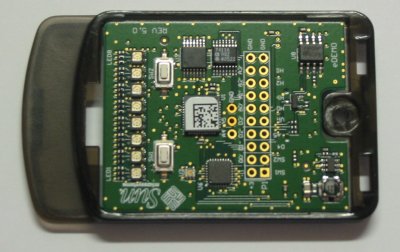
If you want to take a look to SPOTs, join Frontiers of Interaction III next Thursday in Milan:
Thanks to my dear friend Fabrizio, now I have the SunSpot in my hands! 🙂
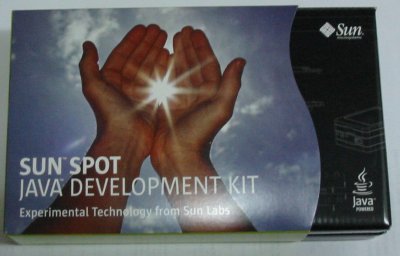
SunSpot is experimental technology developed by Sun Labs. The SPOT (Small Programmable Object Technology) provides small JavaME-enabled boxes, equipped with radio, sensors, battery… This is one of the modules:

Each SunSpot is impressively small. Look at it compared to the Palm Tungsten E2:
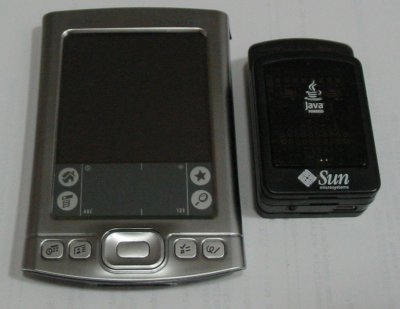
This is only the beginning: stay tuned for updates! 🙂
Antonio Pintus ha pubblicato le slide del seminario “Building a complete SOA application with NetBeans 5.5”:

Questa sera, dalle ore 18.00 alle 20.00, presso l’aula B0 del DIEE (via Is Maglias, Cagliari) si terra’ il nuovo meeting del Java User Group Sardegna ONLUS. Questo il programma della serata:
Il seminario di Antonio Pintus e’ particolarmente interessante e ripropone il lavoro pubblicato sul sito community di Netbeans. Che peccato non poterci essere…!
E’ appena uscito il terzo numero di Java Journal:

La rivista e’ disponibile sono in abbonamento, sia versione cartacea che web. Tra i temi di questo numero:
Per avere un’anteprima degli articoli potete dare un’occhiata qui. Vi ricordo anche il blog della rivista, sempre ricco di approfondimenti e novita’.
La JavaOne sforna la prima novita’: si chiama JavaFX Mobile, la specializzazione mobile di JavaFX. Questa tecnologia porta un potente motore di scripting dentro Java SE e Java ME. JavaFX Mobile, in particolare, e’ una completa piattaforma di mobile computing, basata su Linux. La stessa tecnologia permettera’ di scrivere rapidamente applicazioni per qualsiasi dispositivo mobile equipaggiato con Java ME (sul “qualsiasi” ci sara’ parecchio da discutere). Sul blog di Jonathan Schwartz si descrive il percorso che ha portato alla progettazione di questa nuova piattaforma. Questa la preview del dispositivo:
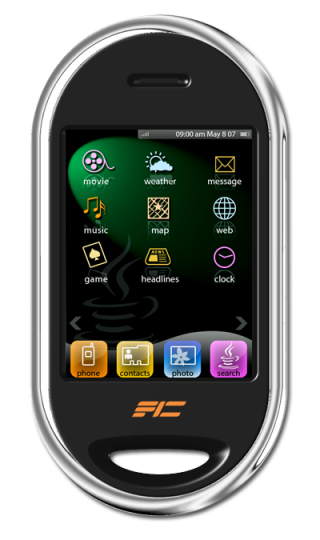
Non so se il dispositivo sia reale (sul web qualcuno dice che e’ solo un prototipo, qualcuno dice che si tratta di una abile manipolazione con Photoshop!). Lo riconoscete? Sembra proprio Neo1973, il primo device basato su OpenMoko. Qualche settimana fa Sun ha acquisito Savaje (scusate, qui scende una lacrimuccia). Lo scenario e’ chiaro: JavaFX Mobile + Linux + Java GPL sara’ il nuovo punto di riferimento per la telefonia mobile in cui tutto – ma proprio tutto! – sara’ personalizzabile, modificabile, integrabile…
Sul sito del JUG Sardegna e’ stata pubblicata la recensione del libro “Mac OS X for Java Geeks”.

Massimo Carli ha iniziato la pubblicazione di un libro gratuito dedicato allo sviluppo di applicazioni per terminali Java ME. Il suo copioso lavoro (i cui capitoli sono rilasciati settimanalmente) e’ disponibile presso il sito web:
http://www.massimocarli.it/site/
Si preannuncia un’opera molto completa. Bravo Massimo!